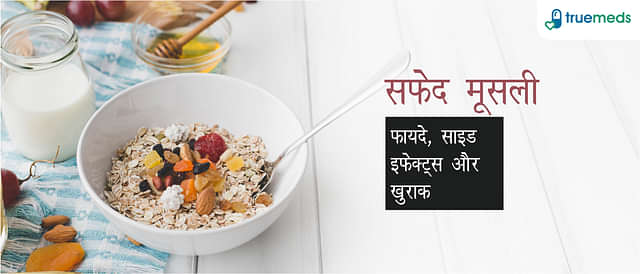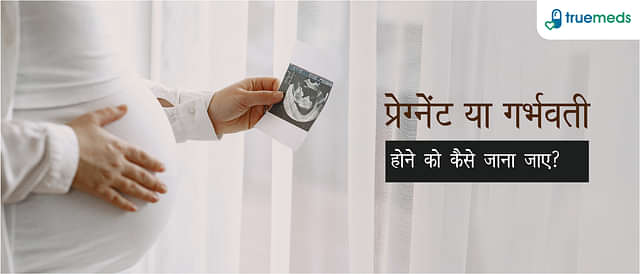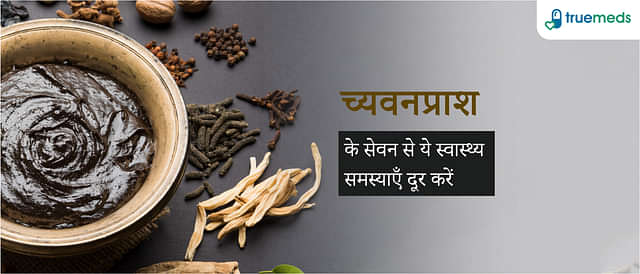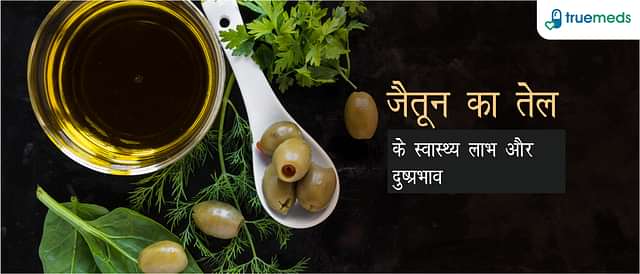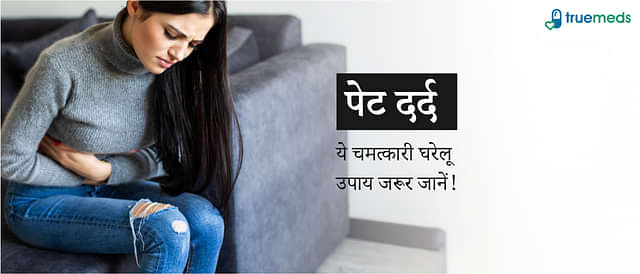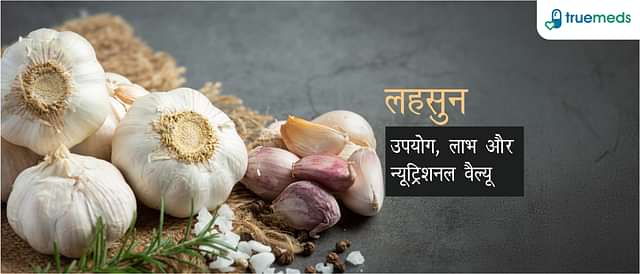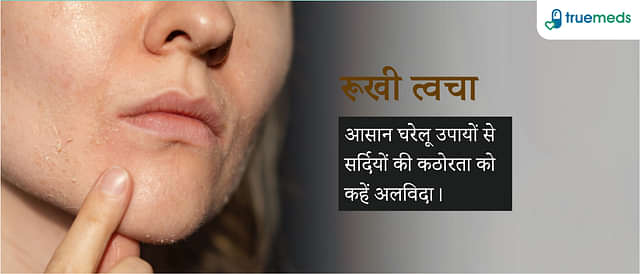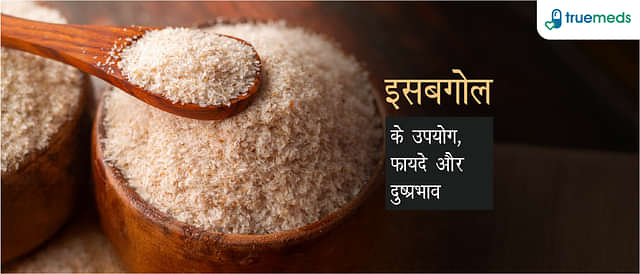What is the Cause of Nipple Pain? Understanding and How to Manage It?
Last updated on : 15 Oct, 2024
Read time : 12 min
Nipple pain is a common concern that can affect individuals of all genders and ages. It can arise from various factors, ranging from benign causes such as friction and hormonal changes to more serious conditions like infections and breast cancer. Understanding the underlying causes, symptoms, and management strategies is crucial for addressing nipple pain effectively.
This article explores the various causes of nipple pain, diagnostic approaches, management options, and preventive measures to help individuals navigate this uncomfortable condition.
Causes of Nipple Pain
Nipple pain can be an uncomfortable and sometimes concerning experience. If you’ve been dealing with this issue, you’re not alone. Here are some common causes of nipple pain:
1) Friction
Friction is one of the most prevalent causes of nipple pain. It often occurs when the nipples rub against clothing, especially during physical activities such as running or cycling. This repeated rubbing can lead to soreness, chafing, and even bleeding in severe cases. Properly fitting clothing and protective measures, such as nipple guards, can help reduce friction-related discomfort.
2) Ill-Fitting Clothes
Ill-fitting bras or tops can exacerbate nipple pain by creating unnecessary pressure and friction. Tight or poorly designed bras can irritate the sensitive skin of the nipples, leading to discomfort. Choosing well-fitted, supportive bras made from soft, breathable fabrics can significantly alleviate this issue. However, even with well-fitted clothes, rigorous physical activity can still cause discomfort.
3) Exercise and Sports
Physical activities can increase the risk of nipple pain due to friction and movement. Sports that involve repetitive motions, such as running or swimming, can cause irritation. Athletes often experience this issue and may benefit from specialised clothing designed to minimise friction and moisture.
4) Periods
Many individuals experience nipple pain as a symptom of premenstrual syndrome (PMS). Hormonal fluctuations, particularly increases in oestrogen and progesterone, can lead to breast swelling and tenderness, including nipple discomfort. This pain typically resolves once menstruation begins. Yet, hormonal fluctuations are not limited to the menstrual cycle.
5) Hormonal Level Fluctuations
Hormonal changes throughout the menstrual cycle, pregnancy, and menopause can lead to nipple pain. These fluctuations can cause the breasts to swell and become tender, resulting in discomfort that may vary in intensity. Pregnancy is one such period where these changes are especially noticeable.
6) Pregnancy
During pregnancy, hormonal changes and physical changes in the breasts can lead to increased sensitivity and pain in the nipples. Many women report heightened nipple sensitivity as an early sign of pregnancy, which may continue throughout the gestation period. The early signs of pregnancy bring their own unique symptoms.
7) Early Pregnancy Symptoms
In addition to nipple pain, early pregnancy symptoms may include missed periods, nausea, fatigue, and frequent urination. The changes in breast tissue and hormone levels can cause discomfort, making it essential to monitor these symptoms closely. Just as the body changes during pregnancy, breast growth and changes at various stages of life also contribute to nipple pain.
8) Breast Growth and Changes
Breast development during puberty, pregnancy, or hormonal therapy can result in nipple pain. As breast tissue expands and changes, the nipples may become sensitive or painful due to increased blood flow and hormonal activity. Apart from internal changes like these, external factors can also cause discomfort.
9) Eczema or Dermatitis
Skin conditions such as eczema or contact dermatitis can cause irritation and pain around the nipples. Symptoms may include redness, itching, and flaking skin. Identifying and avoiding triggers, such as certain soaps or fabrics, can help manage these conditions. Recognising symptoms and triggers is a crucial part of managing nipple pain.
10) Symptoms and Triggers
Nipple pain can manifest in various ways, including sharp pain, tenderness, burning sensations, or itching. Identifying specific triggers, such as friction, hormonal changes, or skin irritants, is crucial for effective management.
11) Infection
Infections can lead to nipple pain, particularly in individuals who are breastfeeding or have recently experienced nipple trauma. Conditions such as mastitis (an infection of the breast tissue) can cause significant pain, swelling, and redness. Prompt medical attention is necessary for infections to prevent complications.
12) Bacterial or Fungal Infection
Bacterial or fungal infections, such as thrush, can also cause nipple pain. Thrush is a yeast infection that may occur in breastfeeding individuals, leading to sharp burning pain and visible changes in the skin around the nipple. Treatment typically involves antifungal medications for both the individual and the infant if breastfeeding.
13) Nipple Piercing Complications
Nipple piercings can lead to complications such as infections, allergic reactions, or scarring. Proper aftercare and hygiene are essential to prevent pain and complications following a nipple piercing. Individuals experiencing persistent pain after a piercing should consult a doctor.
14) Breast Cancer
While nipple pain is rarely the primary symptom of breast cancer, it can occur alongside other signs such as lumps, changes in breast shape, or discharge. It is crucial to seek medical evaluation for any persistent or concerning symptoms to rule out serious conditions.
15) Breastfeeding Issues
Breastfeeding can lead to nipple pain due to improper latching, engorgement, or infections such as mastitis. Proper techniques, including ensuring a good latch and using nipple creams, can help alleviate discomfort during breastfeeding.
It is important to remember that even though nipple pain can be stressful, most causes are manageable with the right care and treatment.
| Quick Tips: To avoid nipple pain during breastfeeding, ensure your baby latches correctly with their mouth covering both the nipple and areola. Changing breastfeeding positions regularly can reduce pressure on one area. Use a lanolin-based cream to soothe and protect your nipples, and air-dry them after each feeding. Avoid using harsh soaps or scrubbing your nipples, as this can cause irritation. Wearing comfortable, breathable nursing bras made of soft fabrics can also help minimise discomfort. If pain persists, consider consulting a lactation consultant for personalised advice and support to improve your breastfeeding technique. |
Diagnosis and Management of Breast and Nipple Pain
Here are key points highlighting the proper diagnosis and management of breast and nipple pain:
- Proper Observation and Self-Examination: To manage nipple pain, it is crucial to engage in regular self-examinations and observe any changes in your breasts or nipples. Familiarity with your normal breast appearance can help you notice any unusual changes, which could be signs of a potential issue. For instance, if you are experiencing a hurt breast or nipple pain, it is essential to communicate this to your family doctor during your routine check-ups.
- Identifying Possible Triggers: If you are dealing with nipple pain, maintaining a diary of symptoms and possible triggers could be beneficial. Noting down when and where exactly the breast or nipple pain occurs can help you identify patterns, which may be related to hormonal fluctuations or external irritants. Sharing this information with your family doctor can aid them in diagnosing the cause of the nipple pain. The more information you provide about your symptoms, the easier it is for the doctor to tailor an effective treatment plan for you.
- Monitoring Changes Over Time: It is vital to monitor your nipple pain over time. This could help distinguish whether the pain in the nipple area is a one-off issue or indicative of a more severe condition. Make sure you note the duration and intensity of your nipple pain, along with any other associated symptoms like redness or swelling. Having this comprehensive record can help your doctor understand your condition better and enhance the effectiveness of your treatment plan.
When to See a Doctor
Here are important signs that indicate when to see a doctor for nipple pain:
- Persistent or Worsening Pain: Never ignore persistent or worsening nipple pain. If your discomfort continues for an extended period, it is time to consult with your family doctor. Persistent pain could indicate an underlying issue that requires further medical evaluation and treatment.
- Suspected Infection: If you observe signs of an infection such as fever, redness, swelling, or discharge from the breast, do not delay in seeking medical help. Infections, if left untreated, can lead to serious complications. A visit to the casualty or OPD of your nearest hospital can help catch and treat the infection early.
- Alarming Changes in Breast Appearance: Any significant changes in your breast or nipple appearance, such as new lumps, changes in the skin texture or unusual discharge, call for immediate medical attention. These could be symptoms of serious conditions that warrant a thorough evaluation by your doctor. Remember, early detection is key in managing any health concern effectively.
By following these steps and staying watchful, you can ensure prompt detection and effective management of any issues related to breast and nipple pain. Your vigilance, coupled with regular check-ups from your family doctor, can go a long way in ensuring your overall breast health.
Potential Management Options
Here are some potential management options for relieving nipple pain:
- Over-the-Counter Medications: If you are experiencing nipple pain, reasons could vary widely but one possible solution could be over-the-counter (OTC) medications. Readily available at your local chemist, medicines like acetaminophen or ibuprofen can help in alleviating the discomfort associated with pain in the nipple area. Effective at reducing inflammation, these can provide relief from breast or nipple pain.
- Topical Creams and Ointments: Your next line of defence could be topical creams and ointments. When you wonder why does my breast or nipple hurt, the cause might well be a skin irritation or an infection. Creams for dermatitis or antifungal ointments can be quite effective in managing this kind of nipple pain. However, it is always advisable to consult with your family doctor to understand the appropriate treatment options for your specific condition.
- Home Remedies: Sometimes, the best treatments are those that you can do at home. Simple remedies like warm compresses or soothing baths can do wonders when dealing with nipple pain. If you are breastfeeding, using lanolin or nipple balms can prevent cracking and irritation, alleviating the discomfort of your nipples. Breast nipple pain causes can be multifaceted and these simple remedies often provide much-needed relief.
- Professional Medical Intervention: However, there may be instances where home remedies and OTC medications just do not seem to help. In cases of severe or persistent nipple pain, professional medical intervention may be necessary. Your doctor might prescribe stronger medications, suggest further diagnostic testing, or give referrals to specialists depending upon the underlying cause of your nipple pain.
Tips to Avoid Nipple Pain
To help prevent nipple pain, consider these practical tips that focus on maintaining comfort and promoting breast health:
- Minimising Friction: One of the primary nipple pain reasons can be friction. Friction can make your breast or nipple hurt, especially during physical activities. Therefore, it is essential to minimise friction to prevent discomfort in the nipple area. Opt for clothing made from soft, breathable fabrics and ensure a proper fit. Wearing nipple guards during physical activities can also help reduce irritation.
- Proper Hygiene and Skincare: Maintaining proper hygiene and skincare around the nipple area can significantly reduce instances of pain in the nipple area. It is crucial to prevent infections and irritations that may be a cause of breast or nipple pain. Use gentle, hypoallergenic products and avoid known irritants to keep the area clean and healthy.
- Managing Hormonal Fluctuations: Hormonal fluctuations are often ignored as a cause of nipple pain, yet they play a significant role. Lifestyle changes, such as maintaining a healthy diet, regular exercise, and stress management, can help manage these fluctuations and reduce the severity of nipple pain associated with hormonal changes.
Nipple pain can arise from various reasons – from harmless friction to hormonal shifts. Most are benign and manageable with careful attention and care. Recognising symptoms and implementing effective management strategies are essential for alleviating discomfort. If you find treating nipple pain organically is not helping, do not hesitate to seek medical evaluation to ensure appropriate diagnosis and treatment.
Remember, the path towards comfort lies in understanding what causes your discomfort in the first place, recognising it early, and taking proactive steps to minimise triggers and maintain breast health. By doing so, one can navigate through instances of nipple pain more effectively and improve overall well-being.
FAQs
Pain in the nipple area can be caused by hormonal changes, pregnancy, breastfeeding, mastitis, or even some types of breast cancer.
Sharp nipple pain can be caused by various factors, including hormonal changes, mastitis, a breast infection, or a benign growth in your breast.
You can reduce nipple sensitivity by wearing soft, breathable fabrics, avoiding harsh soaps and body washes, and applying a moisturising nipple cream.
Pain at the point of your nipple could be due to friction from clothing, hormonal fluctuations, or an underlying condition like mastitis, or even breast cancer.
References
Disclaimer
Our healthcare experts have carefully reviewed and compiled the information presented here to ensure accuracy and trustworthiness. It is important to note that this information serves as a general overview of the topic and is for informational purposes only. It is not intended to diagnose, prevent, or cure any health problem. This page does not establish a doctor-patient relationship, nor does it replace the advice or consultation of a registered medical practitioner. We recommend seeking guidance from your registered medical practitioner for any questions or concerns regarding your medical condition.
Popular Articles
Recommended Articles
Recent Articles
Top-Selling Medicines:
...View more
Top-Selling OTC:
...View more
Company
About UsHealth ArticleHealth StoriesDiseases & Health ConditionsAll MedicinesAll BrandsNeed HelpFAQSubscribe
Registered Office Address
Grievance Officer
Download Truemeds

Contact Us
Our customer representative team is available 7 days a week from 9 am - 9 pm.
v3.7.5
Our Payment Partners
















































